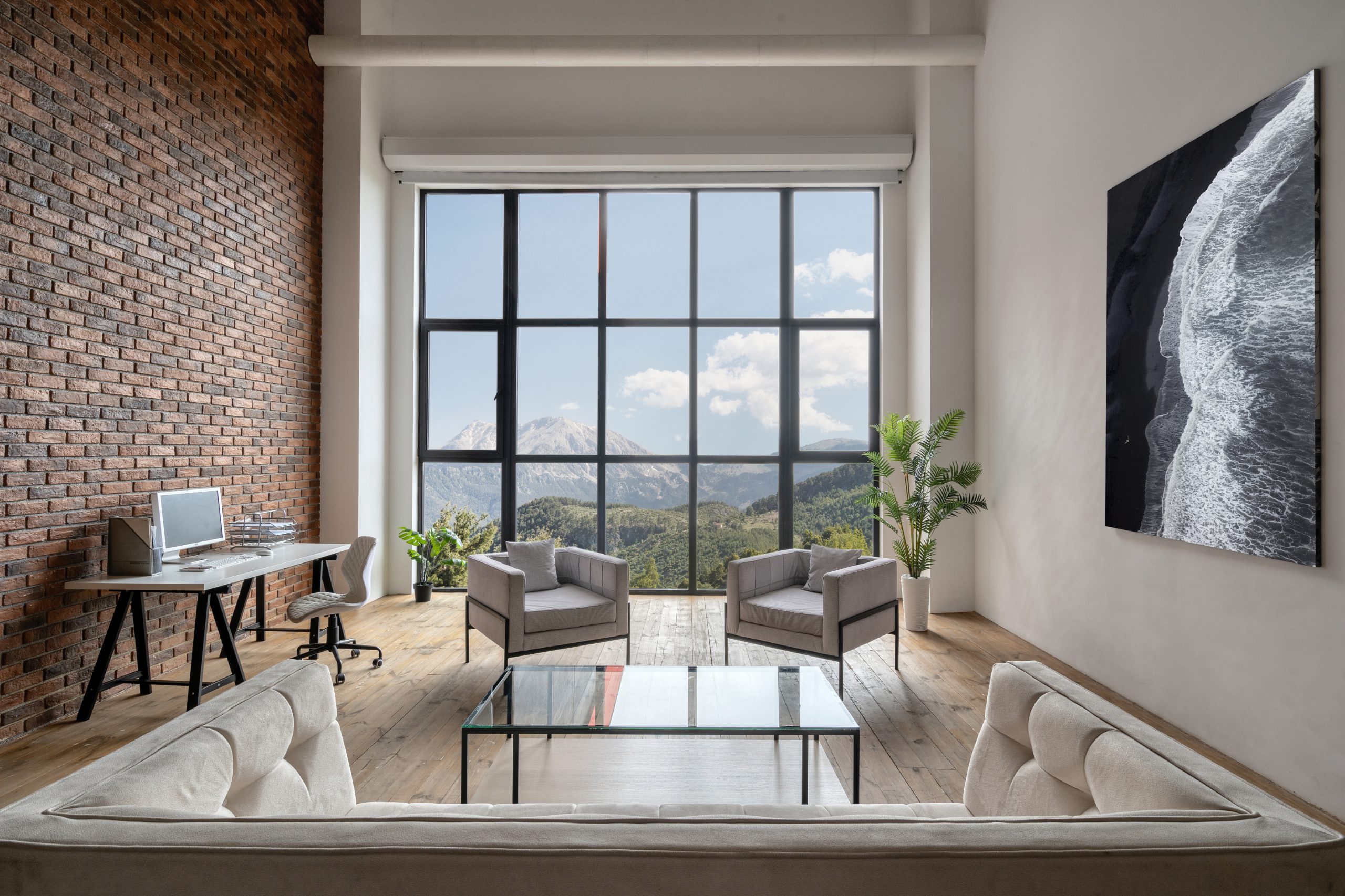
The New Zealand lifestyle property market ended 2023 on a positive note, with $432 million in total sales during December.
The Real Estate Institute of New Zealand data showed this was up from $411 million the previous year.
Sales volumes increased as the year ended, with 1,297 lifestyle properties sold in the three months ended December 2023. This was up 6.2% on the 1,221 sales for the three months ending in November.
A total of $5.98 billion worth of lifestyle properties was sold from January to December 2023.
REINZ rural spokesman Shane O’Brien said the positive finish to the year paralleled with a more positive residential market in late 2023.
“There was also an increase in the sale of bare land blocks, with 93 sales, up slightly since 2022,” he said.
Best lifestyle performers for sales volume were the Nelson/Marlborough region (+17 sales) and Bay of Plenty and Manawatu-Whanganui (+9 sales), when comparing results for the last three months of 2023 with the same period in 2022.
In dollar values, the median price of lifestyle blocks increased the most in Wellington, which was up 12.8%, and Southland, up 4.3%.
However, year-on-year results showed that overall sales volumes were down, with 5,433 lifestyle properties sold in the 12 months to December 2023, which was 20.2% or 1,377 properties less than in 2022.
The median price for all lifestyle properties also dropped. Figures showed the final quarter of 2023 had a median of $950,000, which was a comparative drop of 8.7% or $90,000 from the previous year.
Quarter 4 bare land lifestyle property sales recorded a median of $440,000, down $30,000 (6.4%), while the farmlet median was $1,08 million, dropping $120,000 (10%) on 2022 figures.
Mr O’Brien said the bare land sales price drop reflected buyer adjustment to higher building and site development costs.
“This market has been somewhat impacted by government policy seeking to reduce the amount of productive land being subdivided, with several regions having a significantly lower volume of bare land blocks available,” he said.
